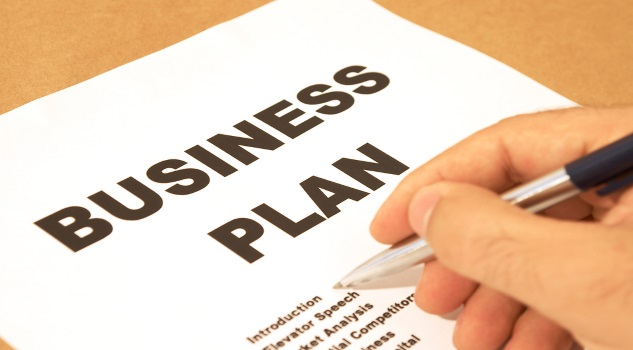Business conditions for 2021 are beginning to look more optimistic as state borders reopen and restrictions ease – naturally, hospitality, tourism and trade are anticipated to start picking back up as a result. In the 2020 Budget, the Federal Government also committed to key investments in wage subsidies, business tax incentives and additional funding into infrastructure and manufacturing to support recovery. Although viewed as economic boosts, as we’ve witnessed throughout this year – most recently in South Australia – market conditions can change extremely fast, which can drastically affect your business’ direction and priorities.
It’s now more important than ever to create an effective business plan blueprint to help set your business up for success, particularly through the ups and the downs of business. From planning out your cashflow forecast to establishing your price positioning and strategy, a business plan can seem overwhelming but is an effective tool to plan for the future and mitigate any challenges that may come in the new year.
Before you get into the weeds of your business set up and plan for 2021, there are three important questions every business owner needs to ask themselves:
1. What business am I in?
This question helps you understand what is unique about your business, from your products to your services, even your employees and their contributions. Once you’ve established this, you can start to build out your goals and objectives to ensure the construction and growth of your business reflects where you want it to be in 2021 and beyond.
2. Who is my ideal customer?
Now it’s time to start thinking about your products or services and where they sit within the market. Will you compete on price with the aim of selling large volumes, or will you position your goods as luxury items? Based on this, who are your target customers? Are they happy to pay for quality products or are they likely to shop around? You can then match your pricing position to your business goals, taking into account the hard costs of your products and services as well.
3. What are the key business elements to consider?
After you’ve answered the first two introductory but critical questions, you can start to think in more detail about your overall strategy and approach. Aspects like core competitive advantage, forecasting your cashflow, government compliance and even market research are all important considerations to take into account when planning for the future growth of your business.
Understanding and mapping out all the information and data you can get your hands on will help you map out how the new year will look. While there may be hurdles and unforeseen challenges, it’s important for every business owner to map out the aspects of their business they either control or anticipate.
Finally…
Give your business the best chance of success by taking advantage of free resources available online. Whatever assistance you need – from improving cashflow to purchasing new equipment – asking for help from specialists is often the best place to start. There are numerous resources available to business owners that can be used to help mitigate risk, diversify offerings and create business managers out of the greenest entrepreneurs. Knowing where to start is key.
Paul Presland, General Manager – Small Business Banking, ANZ












